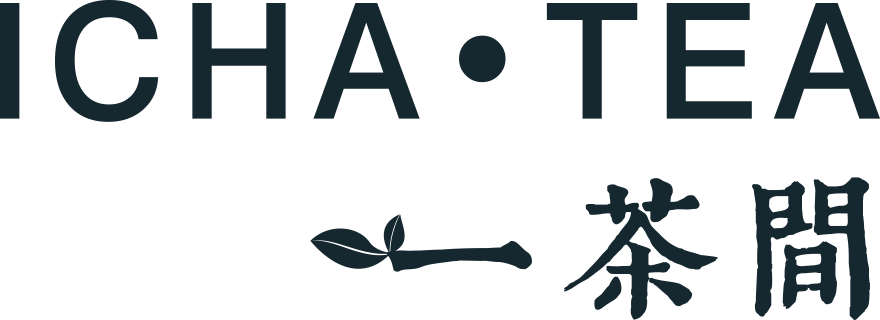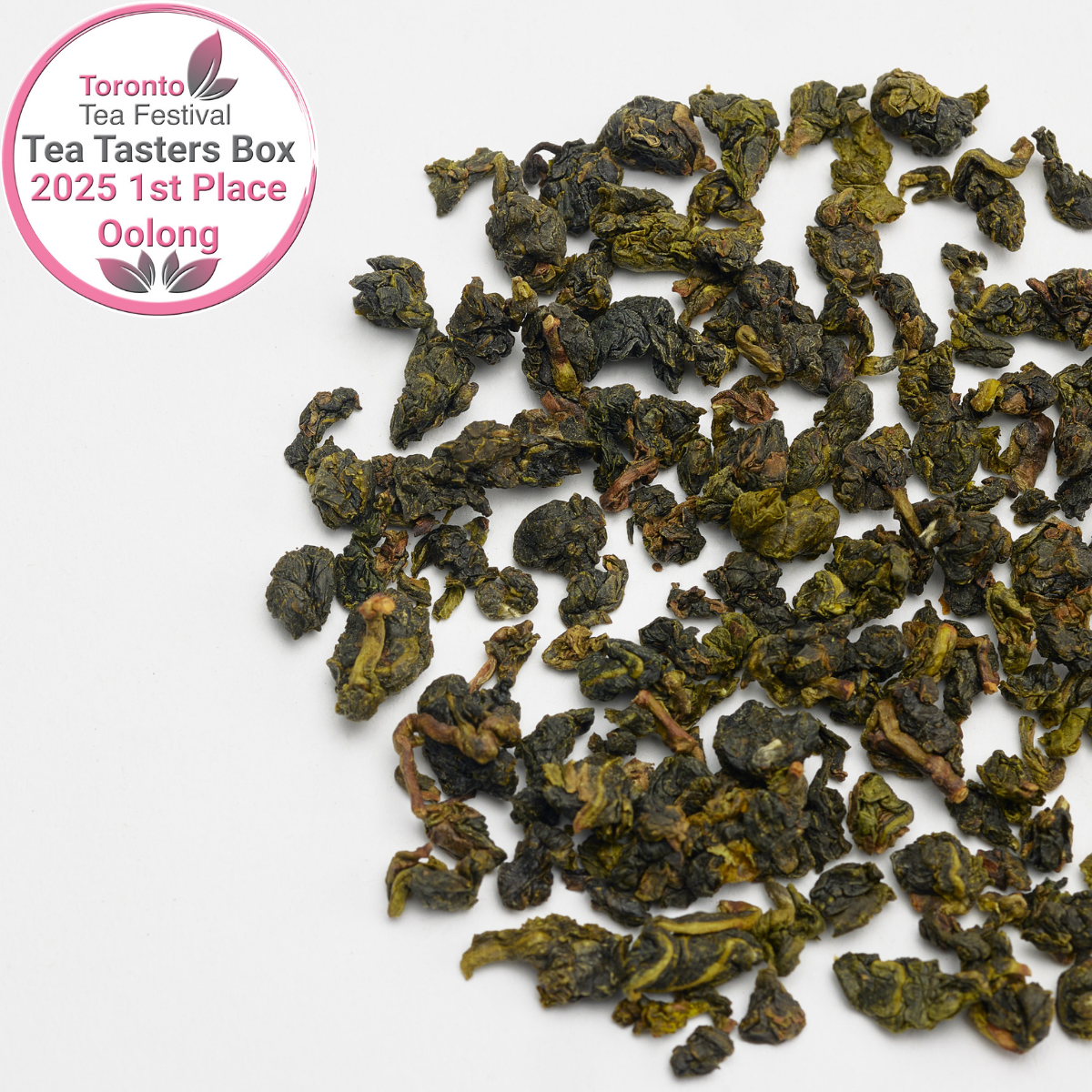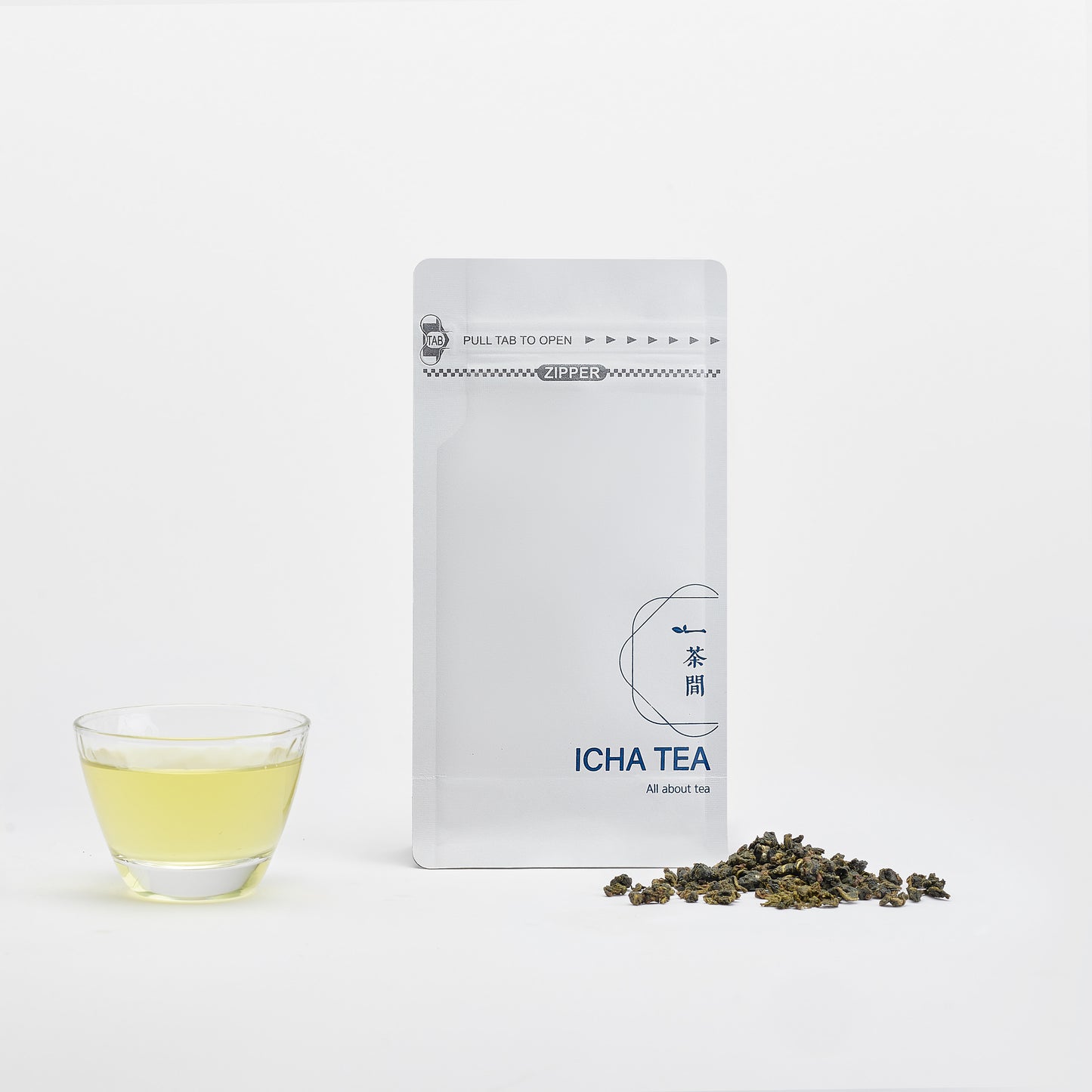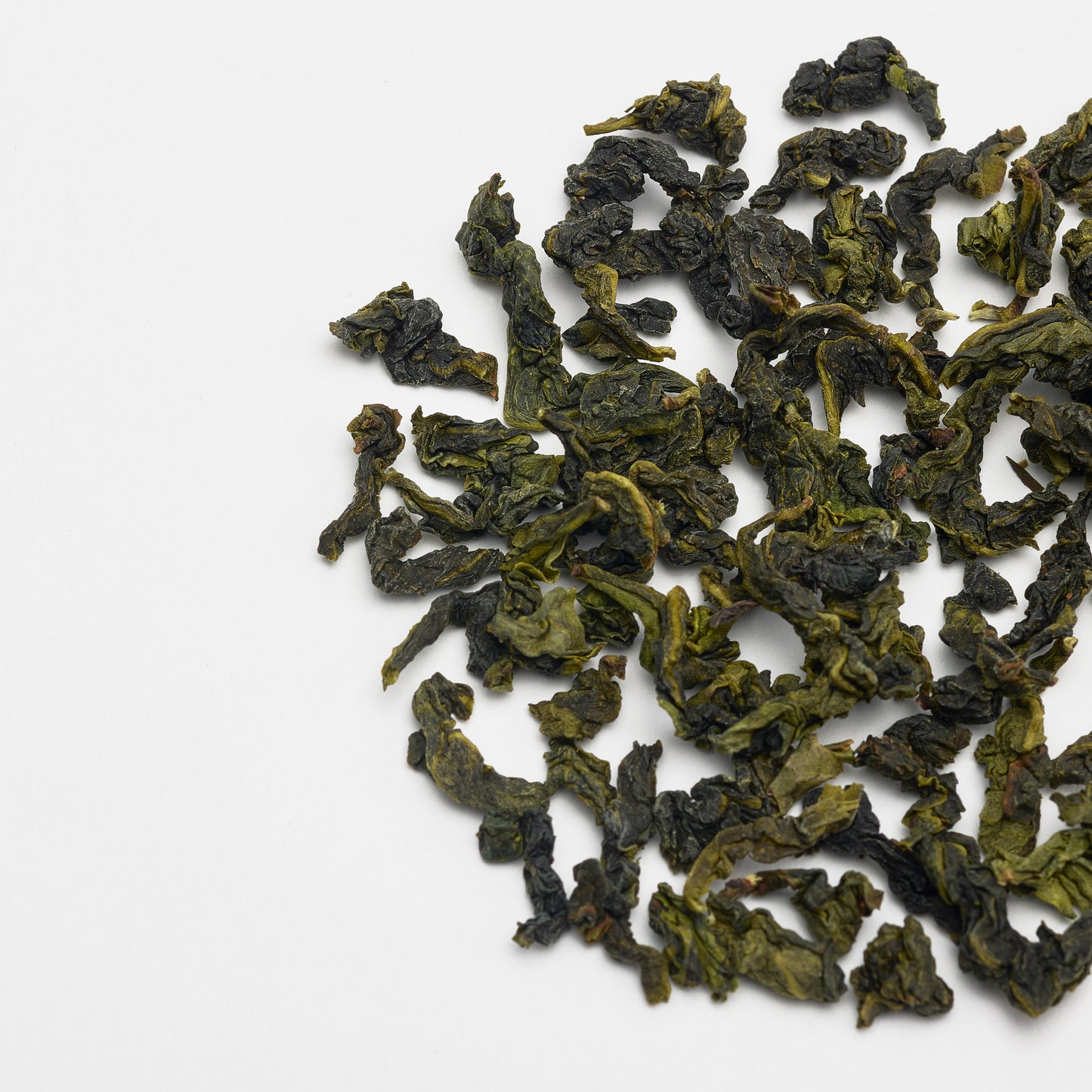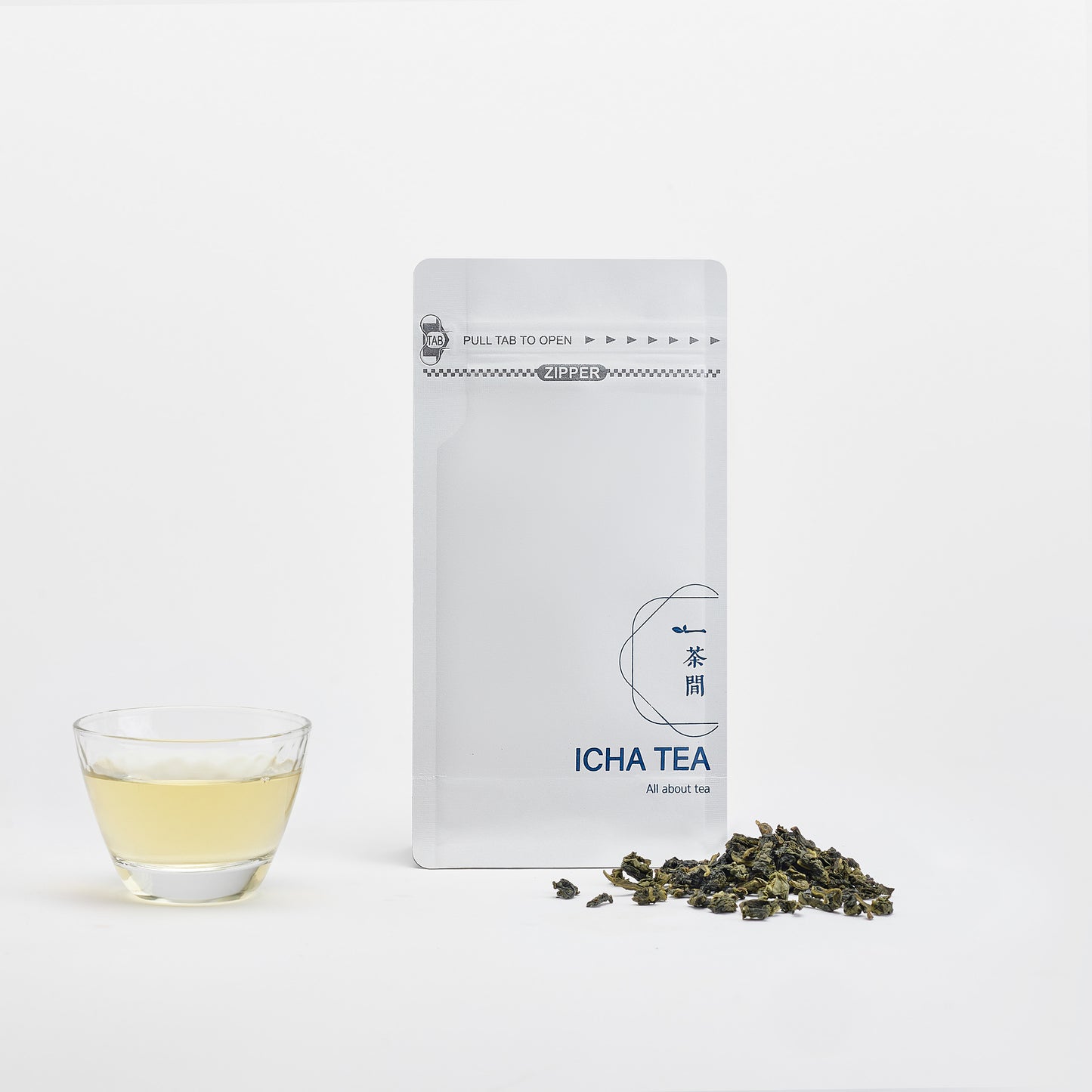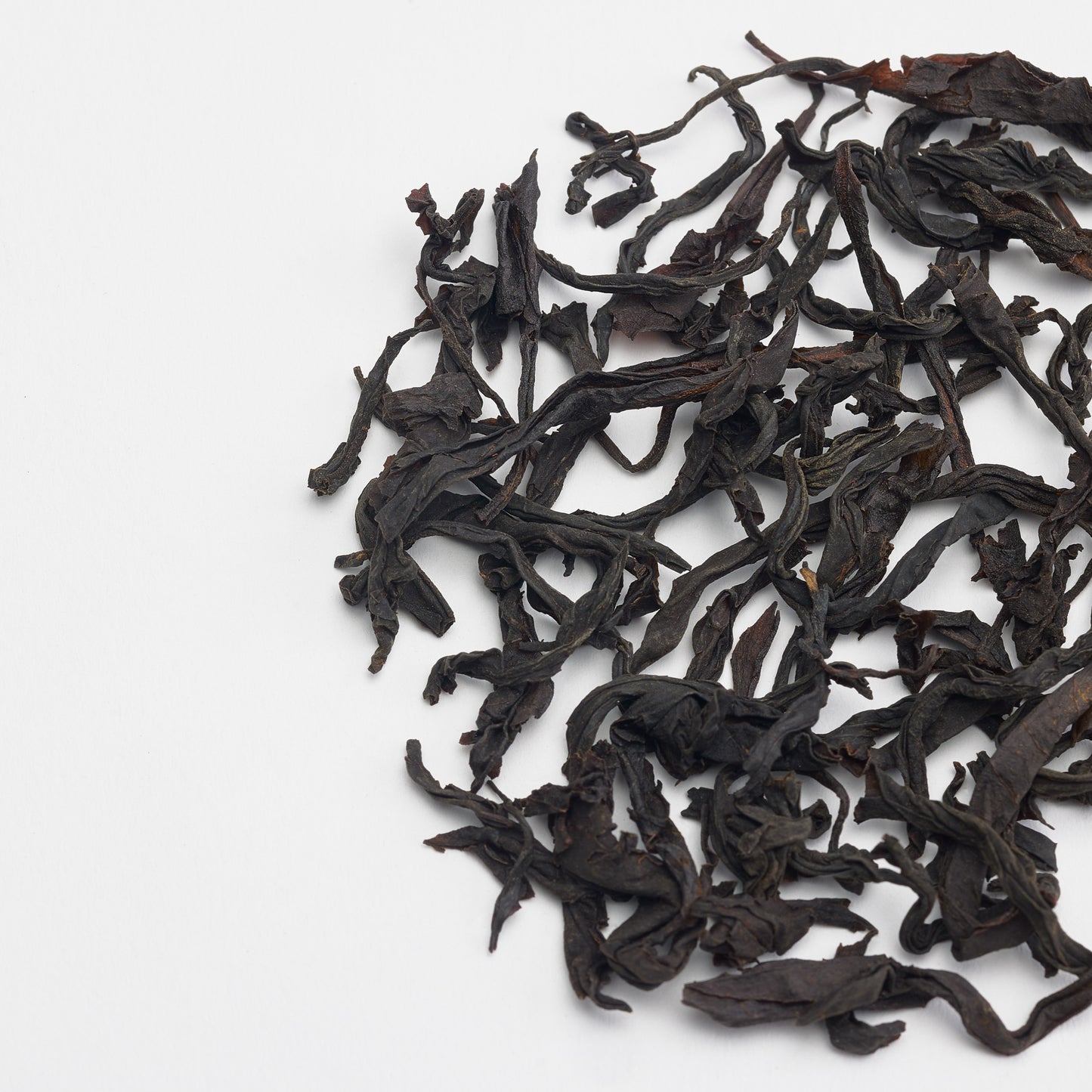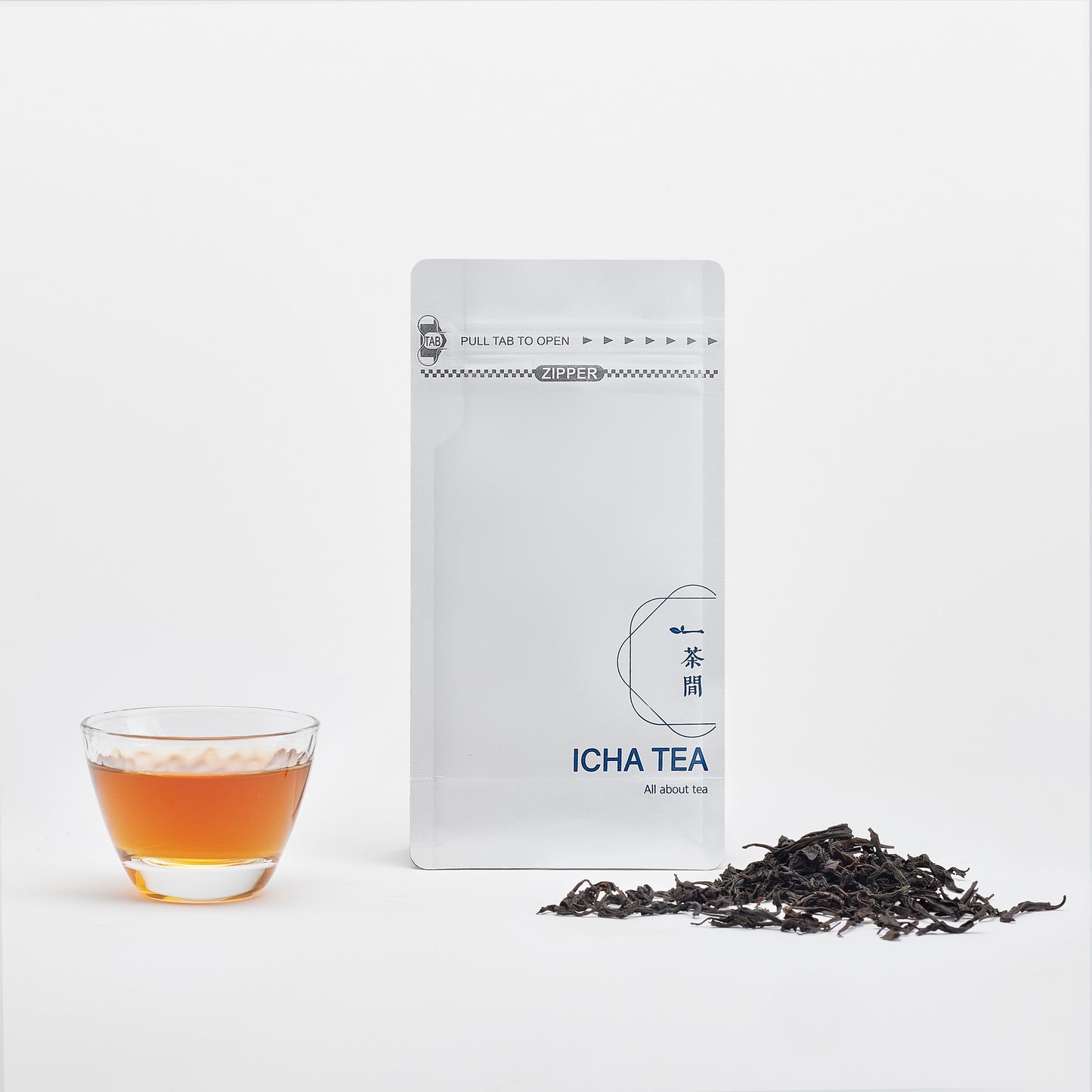
The Spectrum of Oolong Teas
Oolong tea stands as perhaps the most diverse tea category, offering an extraordinary range of flavours within a single classification. This remarkable variety stems from oolong's unique position on the oxidation spectrum, anywhere from 10% to 80%, creating a bridge between the fresh vegetal notes of green tea and the robust character of black tea.
For the discerning tea lover, exploring premium oolong varieties reveals a fascinating journey through centuries of tea craftsmanship from China and Taiwan. Each type offers distinctive characteristics shaped by specific locations, cultivar selection, and processing techniques perfected over generations.
Understanding Oolong's Diversity
The remarkable diversity of oolong tea stems from several key factors. Processing methods, particularly the degree of oxidation and roasting, create the foundation for oolong's wide flavour spectrum. Geography further enhances this diversity, with the mineral-rich soils of China's Wuyi Mountains creating dramatically different teas than the high-elevation gardens of central Taiwan.
Chinese oolong traditions typically favour medium to heavy oxidation with significant roasting, creating deeper, more robust flavors. By contrast, Taiwanese producers often employ lighter oxidation to highlight the tea's natural floral and fruity notes, especially in high mountain varieties.
Chinese Oolong Masterpieces
1. Da Hong Pao (Big Red Robe)
Da Hong Pao represents the pinnacle of Wuyi Mountain "rock teas" with a legendary history stretching back to the Ming Dynasty. The defining characteristic is its distinctive "yan yun" or "rock rhyme"—a mineral quality imparted by the unique geology of the Wuyi Mountains.
Quality Da Hong Pao is identified by its dark, twisted leaves and deep amber liquor. The flavour profile offers remarkable complexity: notes of dark cocoa and roasted grains give way to a subtle sweetness, with a distinctive mineral backbone that creates an exceptionally long-lasting finish.
ICHA TEA's Da Hong Pao reveals layers of flavours with honey, caramel, and a smooth, velvety texture.
(Don't miss this article that covers much more on Da Hong Pao)
2. Tie Guan Yin
Tie Guan Yin comes in two distinct styles: traditional versions with moderate oxidation and roasting, and modern "green" styles with light oxidation to preserve bright floral notes.
Quality Tie Guan Yin is recognizable by its distinctive, tightly rolled balls that unfurl dramatically during brewing. The traditional style offers pronounced orchid notes balanced with a gentle roasted character, while modern styles emphasize intense floral aromatics with a clean finish.
ICHA TEA's Iron Buddha Tie Guan Yin exemplifies the balanced traditional style, offering both floral complexity and satisfying body.
(Learn more about brewing guidelines and the history of Tie Guan Yin here)
3. Phoenix Dan Cong
Phoenix Oolong (Feng Huang Dan Cong) is remarkable for its natural ability to mimic other scents. The most famous variety, Mi Lan Xiang (Honey Orchid Fragrance), offers an intensely honeyed aroma without any flavoring.
Recognizable by their long, twisted leaves, quality Phoenix oolongs produce an amber infusion with extraordinary aromatic intensity. The flavor profile presents pronounced fruity notes with powerful floral characteristics and natural honey sweetness, all supported by a distinct mineral undertone.
4. Shui Xian (Water Fairy)
Another exceptional Wuyi rock oolong, Shui Xian offers a more approachable introduction to the yan cha category. Traditional Shui Xian undergoes medium oxidation and roasting, creating a balanced profile that showcases both floral and toasted notes.
Its flavor profile bridges floral and roasted characteristics, offering initial notes of orchid and stone fruits that transition to warming toasted grain notes, all enhanced by the distinctive mineral quality typical of rock oolongs.
Taiwanese Oolong Excellence
5. Dong Ding (Frozen Summit)
Dong Ding represents one of Taiwan's most historically significant oolong styles. Traditional Dong Ding undergoes medium oxidation followed by a light roasting process that creates its characteristic balanced profile.
Quality Dong Ding appears as tightly rolled balls with a greenish-brown appearance. Its distinctive flavor profile offers notes of toasted nuts and honey sweetness complemented by subtle fruit undertones and a smooth, clean finish.
6. Jin Xuan (Milk Oolong)
Jin Xuan, often called Milk Oolong, was developed in the 1980s as cultivar #12 by the Taiwan Tea Research Station. This variety naturally produces creamy, buttery flavor notes without any additives or flavoring.
The flavour profile's defining characteristic is its naturally creamy, buttery notes complemented by subtle floral undertones. It's important to note that authentic milk oolong is entirely different from "oolong milk tea" or "oolong tea with milk," which refers to adding dairy to regular oolong tea.
ICHA TEA's Milk Oolong showcases the natural creamy character of Jin Xuan cultivar.
7. Alishan High Mountain
Alishan oolong, grown at elevations above 1,000 meters in central Taiwan, exemplifies the category of high mountain (gaoshan) oolongs prized for their exceptional sweetness and complexity. The cool temperatures and frequent mist at these elevations slow the tea's growth, concentrating flavor compounds.
The flavour profile offers pronounced floral notes with remarkable natural sweetness and minimal astringency. What distinguishes premium Alishan is its silky texture and clean, lingering aftertaste that creates a remarkable sensory experience.
8. Oriental Beauty (Dong Fang Mei Ren)
Oriental Beauty's distinctiveness comes from allowing tiny leafhoppers to bite the tea leaves before harvesting, triggering the plant to produce defensive compounds that contribute honeyed notes to the finished tea.
With 60-70% oxidation, it's more oxidized than most Taiwanese oolongs. Its extraordinary flavour profile offers pronounced honey and peach notes with distinctive muscatel grape characteristics similar to fine Darjeeling tea.
Discover the diversity of oolongs through ICHA TEA's carefully curated selection.
Rare and Specialized Varieties
9. Rougui (Cassia)
Rougui, or "Cassia," represents another prestigious Wuyi rock oolong distinguished by its unique cinnamon-like character. The name refers to the Chinese cassia notes that develop during processing.
What makes Rougui extraordinary is its distinctive flavour profile featuring notes of cinnamon, wood spice, and dark fruits, all supported by the characteristic mineral base of Wuyi rock oolongs.
10. GABA Oolong
GABA oolong represents modern tea innovation focused on potential health benefits. Developed in Japan and refined in Taiwan, this specialized oolong undergoes processing in a nitrogen-rich environment that preserves gamma-aminobutyric acid (GABA).
Its flavour profile offers fruity notes with natural sweetness and noticeably less astringency than typical oolongs of similar oxidation levels, making it approachable for new tea drinkers.
How to Appreciate Fine Oolong Tea
To experience the full character of these extraordinary oolongs, proper brewing is essential:
- Chinese varieties generally prefer slightly higher brewing temperatures (90-95°C/195-205°F)
- Taiwanese high mountain oolongs benefit from slightly lower temperatures (85-90°C/185-195°F)
- Gongfu brewing (higher leaf-to-water ratio with shorter steeps) reveals the evolution of flavours
- Quality oolongs can typically be steeped 3-8 times, with each steeping revealing different aspects
Frequently Asked Questions
What's the difference between light and dark oolongs?
Light oolongs undergo less oxidation (10-40%) and minimal roasting, preserving floral characteristics. Dark oolongs experience higher oxidation (50-80%) and often more roasting, developing deeper, more robust flavours.
Which oolong tea is best for beginners?
Lightly oxidized Taiwanese oolongs like Jin Xuan (Milk Oolong) offer naturally sweet, approachable flavours. Tie Guan Yin Iron Buddha also provides an accessible introduction with its floral notes.
Can you add milk to oolong tea?
While traditionally enjoyed pure, some darker oolongs can pair reasonably well with milk. However, adding milk to light or floral oolongs generally masks their delicate characteristics.
How many times can you steep quality oolong tea?
Quality oolongs can typically be steeped 3-8 times, with premium varieties sometimes offering 10+ infusions with evolving flavor profiles.
Savouring The Spectrum
The world of oolong tea offers an extraordinary spectrum of flavours, aromas, and experiences that showcase the remarkable artistry of tea production. They remain amongst the hardest teas to produce. From the mineral-rich rock oolongs of China's Wuyi Mountains to the floral high mountain varieties of central Taiwan, each type represents centuries of refined craftsmanship.
